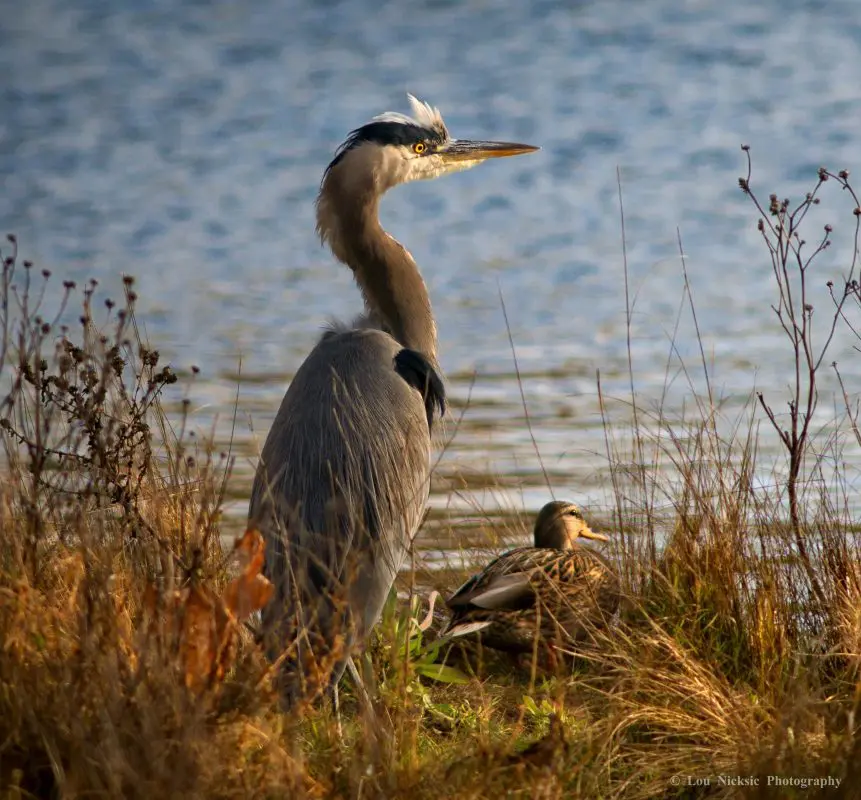Estuary restoration is essential to the recovery of both Bellingham Bay and Puget Sound, making the restoration of the Padden Creek Estuary a top priority for the City of Bellingham.

Though highly altered compared to its historical condition, Padden Creek Estuary provides vital habitat for fish and wildlife. Restoration work began on portions of the buffer on the west side of the estuary approximately 20 years ago. The most recent enhancement actions vastly improve the estuary’s ability to support a variety of ecosystem functions, species, and habitats, and serve as a healthier natural resource for our community.
The Padden Creek Estuary is dominated by a mudflat, a highly productive habitat type capable of supporting a large biomass. This nutrient rich environment is ideal for forage fish and juvenile salmonids. Padden Creek Estuary is the largest area of mudflats within the City limits north of Chuckanut Bay. However, urban and industrial development surrounding the estuary have impaired the ecological processes of the ecosystem including: tidal exchange, tidal channel formation and maintenance, sediment deposition, and detritus recruitment.
Recent restoration efforts have improved the ecosystem functions of Padden Creek Estuary by restoring salt marsh habitat, stabilizing slopes along the estuary boundary, improving the vegetated buffer, and removing treated creosote pilings and other debris. In addition, the City installed an underground water quality improvement facility adjacent to the estuary that captures and treats polluted runoff draining to Padden Estuary from 90 acres of urban uplands. Together, these improvements greatly increase the habitat value and functionality of this vital pocket estuary.

Small estuaries, or pocket estuaries, including the Padden Creek Estuary, have become increasingly valuable as the amount of intertidal habitat in Bellingham Bay has decreased. It is estimated that 282 acres of aquatic land have been lost in inner Bellingham Bay, and most of that acreage is intertidal estuarine habitat associated with streams.
Estuaries provide a complex mosaic of shallow water habitats and distributary channels that serve as migration corridors for juvenile and adult salmon. Multiple species of salmonids migrate through the Padden Creek Estuary before entering Padden Creek, including Chinook, coho, and chum salmon, steelhead trout, as well as both resident and sea-run cutthroat trout. Pacific groundfish including flatfish (e.g., starry flounder), rockfish (e.g., sculpin), as well as surfperch and stickleback species are also likely to use the estuary at high tides. Great blue herons, dabbling ducks, and various seabirds and shorebirds also use the mudflat for foraging. The mudflats support multiple species of algae, phytoplankton, and invertebrates that serve as food sources for a variety of fish and wildlife species.
Reference Documents
- Padden Creek Estuary Open House Presentation Dec. 11, 2013 (PDF)
- Padden Creek Estuary Phase 2 Site Characterization Final Report(PDF)
- Padden Creek Estuary Feasibility Study and Phase I Site Assessment (PDF)
- Padden Creek Estuary Initial Basis of Design Report (PDF)
- Padden Estuary 1888 Map over 2013 Aerial (PDF)
Estuary Video
Learn more about the importance of local estuaries in the video below, created by the City of Bellingham Public Works Natural Resources Division.
